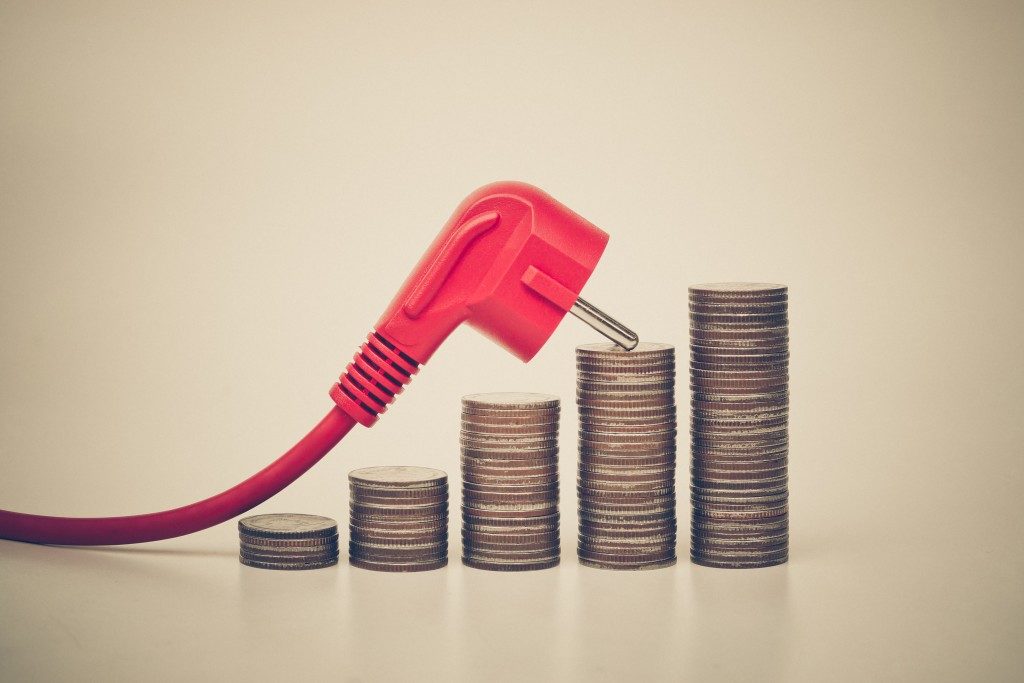Your electric bills take a huge chunk of your monthly income. Sure, it’s a basic need and in this day and age, almost everyone needs energy in their homes to live their lives properly and comfortably. However, there are things you can do to cut your energy bills every month.
Insulate Your Attic
Attic insulation is one of the most effective ways to save energy. This will help the air from your heater or air conditioning unit from seeping through the attic, making it work less than usual. Good thing, installing a blown insulation in your Kansas City home can help. Ask your contractor how it works and if you can install one in your attic.
A blow-in-blanket system (BIBS) is a type of fiberglass insulation that offers improved thermal efficiency. It’s a state-of-the-art, environmental-friendly insulation process that uses specially manufactured fiberglass. Having this installed means you also have to look for Blow-In-Blanket Contractors Association (BIBCA) certified professionals. After all, any insulation you put in your home would be useless if the installation is not done properly.
Repair Your Windows and Doors
Check all of your doors and windows to see if there are cracks or leaks on them. Have them repaired as soon as possible, as they can be one of the main culprits to your increasing energy bill. Insulating these air leaks can help you save up to 20% on your heating and cooling bills, which can shrink your energy bills altogether.

Improve Your Light Bulbs
Old light bulb models can use so much energy, making your bills go way up each month. Make sure to replace your current bulbs with the following to save energy:
- A light-emitting diode (LED) – This type emits light in a narrow band of wavelengths. It is by far one of the most energy-efficient light sources there is. Moreover, it produces light that renders a color similar to daylight (70-95 CRI), which is then measured on a scale called Color Rendering Index (CRI). CRI ranges from 0 to 100, and reaching 100 means the light is identical to natural daylight. Compared to incandescent and CFL bulbs, an LED bulb can last up to 25,000 hours.
- A compact fluorescent lamp (CFL) – Also called as a compact fluorescent tube, this lamp emits light from a mix of phosphors inside its bulb. While it produces the same amount of light as incandescent lamps, it only uses 1/5 to 1/3 electric power and could last about 15 times longer.
- A halogen incandescent – This type uses 25% to 30% less energy and can last up to three times compared to other older light sources. It gives off a warm light and is a good transition from incandescent light bulbs. While it is energy-efficient, it has a short life than LEDs and CFLs.
Saving yourself from costly electric bills is possible. Just remember to turn off your appliances when not in use and unplug all of them from the socket to make sure that they are not consuming energy. After all, some unplugged appliances can still consume energy as much as 25%.

